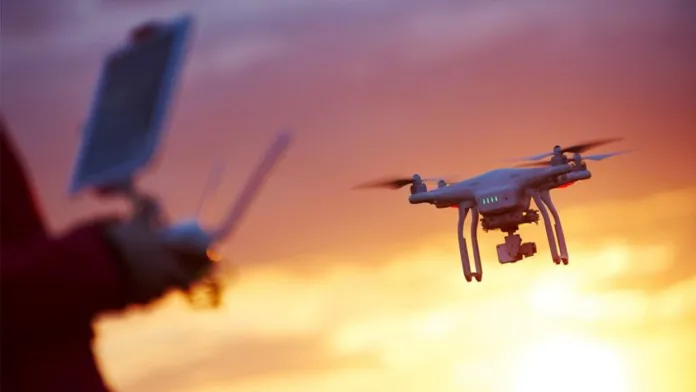
Autonomous drones have quickly become one of the most transformative innovations in modern technology. These unmanned aerial vehicles (UAVs), equipped with sensors, AI, and GPS navigation, are increasingly being used for tasks that were once considered futuristic. From delivering parcels to assisting in emergency situations, autonomous drones are reshaping industries and redefining what’s possible in logistics and crisis response.
Within just a few years, autonomous drones have moved from experimental gadgets to essential tools in business, humanitarian aid, and public safety. Companies are investing heavily in drone technology to improve efficiency, lower operational costs, and reach inaccessible areas—all without the need for direct human intervention.
Drone Delivery Systems: Changing the Way We Receive Goods
The logistics industry is one of the first sectors to experience the full impact of drone technology. Drone delivery systems now allow companies to transport small packages faster and more efficiently, bypassing road traffic and reducing carbon emissions. These systems use pre-mapped routes and real-time data to deliver goods with pinpoint accuracy.
Retail giants and startups alike are piloting autonomous delivery drones for e-commerce, groceries, pharmaceuticals, and even medical supplies. Unlike traditional couriers, drones don’t require drivers, making them cost-effective for last-mile deliveries—especially in urban or remote locations. The future of logistics will likely revolve around fleets of autonomous drones operating around the clock.
Disaster Response Drones: A New Era of Emergency Aid
Beyond commercial applications, disaster response drones are proving invaluable during natural calamities, accidents, and search-and-rescue missions. These UAVs can reach hazardous zones quickly, transmitting live footage and thermal imaging to rescue teams on the ground.
Autonomous drones can locate survivors trapped under debris, assess damage in flood or wildfire zones, and deliver emergency supplies to areas cut off from road access. Their real-time data collection and autonomous navigation reduce risks for human responders and speed up critical decision-making in life-threatening situations.
For instance, during earthquakes or hurricanes, drones can scout affected areas within minutes, mapping out routes for ground teams and avoiding further casualties.
Autonomy and Artificial Intelligence: The Brains Behind the Drones
The intelligence of autonomous drones lies in their advanced onboard systems. Powered by AI algorithms and computer vision, these drones can identify obstacles, respond to changes in the environment, and make decisions without human control.
From object detection and facial recognition to route optimization, artificial intelligence is what allows drones to fly independently and safely. These systems continuously learn and improve through machine learning, making future drones more reliable and capable of handling complex missions.
Challenges and Considerations
While the potential is enormous, deploying autonomous drones comes with its set of challenges. Regulatory frameworks vary by region, and airspace management remains a concern in densely populated areas. Ensuring privacy and avoiding misuse is critical, especially when drones are used in surveillance or data-gathering roles.
Additionally, battery limitations, weather conditions, and cybersecurity risks are ongoing technical hurdles. Companies and governments must collaborate to establish safe, scalable, and ethical practices for drone use across industries.
The Future of Autonomous Drones
Looking ahead, the future of autonomous drones will be shaped by innovations in battery technology, AI, and 5G connectivity. Drones will likely become smarter, faster, and more adaptable, enabling them to take on even more roles—from precision agriculture and environmental monitoring to infrastructure inspection and medical logistics.
The integration of drone networks with smart cities and the Internet of Things (IoT) will create a seamless digital ecosystem, where drones communicate in real time and respond to dynamic environments.
Conclusion
Autonomous drones are no longer a futuristic concept—they are a present-day reality with applications that span from everyday deliveries to life-saving emergency missions. As technology advances and regulations evolve, autonomous drones will continue to transform industries, empower first responders, and redefine modern logistics.
Businesses and governments must embrace this innovation thoughtfully, balancing efficiency with ethical responsibility. With the right approach, autonomous drones can create a safer, smarter, and more connected world.